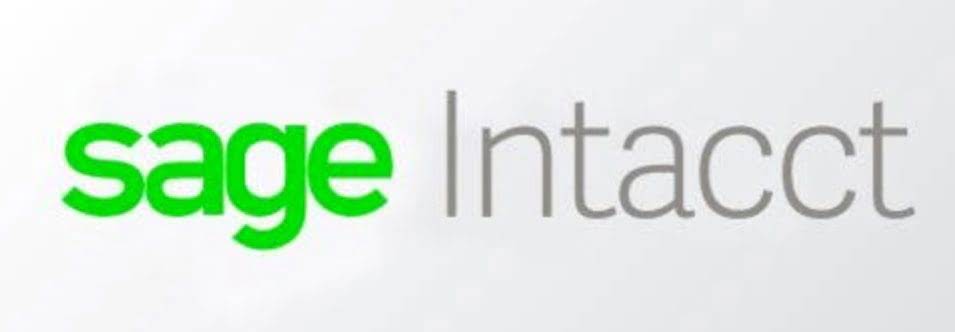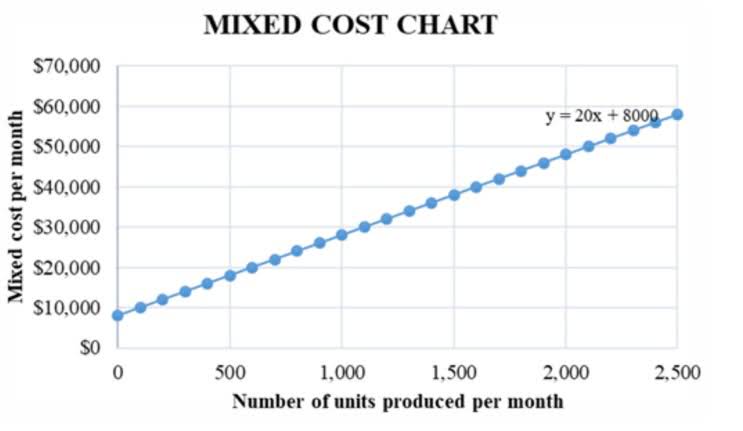Fixed Cost Formula + Calculator

This cost is a fixed financial obligation for the manufacturing business. Calculating all fixed costs like this helps the company understand how much sales they must make to cover fixed business costs and reach financial stability. Calculating your company’s average fixed cost tells you your fixed cost per unit, which gives you a sense of how much it costs to produce your product or service before factoring in variable costs. When you make a business budget or review your company’s expenses, those expenses are usually classified as either fixed costs or variable costs.
Free Course: Understanding Financial Statements
These recurring costs don’t change with the revenue a business generates. So for every dog collar Pucci’s Pet Products produces, $1.47 goes to cover fixed costs. If Pucci’s slows down production to produce fewer collars each month, it’s average fixed costs will go up. If Pucci’s can increase production without affecting fixed costs, its average fixed cost per unit will go down.

Related AccountingTools Courses
Our team is ready to learn about your business and guide you to the right solution. Bench simplifies your small business accounting by combining intuitive software that automates the busywork with real, professional human support. Operating leverage is a double-edged sword, fixed vs variable costs where the potential for greater profitability comes with the risk of a greater chance of insufficient revenue (and being unprofitable). A financial professional will offer guidance based on the information provided and offer a no-obligation call to better understand your situation.
Industry-Specific Insights on Fixed and Variable Costs
- All of our content is based on objective analysis, and the opinions are our own.
- Tracking fixed costs is crucial for small business owners because it forms the basis for effective financial planning and decision-making.
- If Pucci’s slows down production to produce fewer collars each month, it’s average fixed costs will go up.
- Variable costs are expenses that change when a company increases or decreases production levels.
- Businesses aiming for growth must evaluate whether their fixed costs will remain manageable as they scale operations.
- Understanding the difference between the two can help you make better decisions about your cash flow, expenses, and the impact they have on profitability.
A company’s costs classified as “fixed” are incurred periodically, so there is a set schedule and dollar amount attributable to each cost. Keep in mind that these costs are only constant in a specific range of operations. Rent will continue to be the same as long as the business occupies that space. After a few years, however, the business might grow out of that facility and require more Insurance Accounting manufacturing space. The rent would obviously go up if they decided to move to a bigger building.
Fixed costs are any business cost that stays constant regardless of factors like sales revenue and output. Some common fixed expenses for businesses include property tax, monthly rent, loan repayments, and insurance payments. Semi-variable fixed assets costs, or mixed costs, have both fixed and variable components.

Find all costs that remain unchanging from month to month, like your rent, insurance, lease costs, utility bills, inventory costs, recurring permit and licensing fees, property tax, and salaries. Understanding the nature and impact of fixed costs is essential for making informed business decisions. The finance manager needs to flag up which costs will rise as sales activity increases.
- This is in contrast to variable costs, which are volume-related (and are paid per quantity produced) and unknown at the beginning of the accounting year.
- Advertising costs may fluctuate over time, as management may decide to increase and decrease spending over time.
- Once that sales level has been reached, however, this type of business generally has a relatively low variable cost per unit, and so can generate outsized profits above the breakeven level.
- Fixed costs can be categorized into several types, each with its own characteristics and implications for a business.
- Since fixed costs must be paid regardless of sales volume or revenue, businesses must ensure they have enough cash flow to cover these expenses, even during slow periods.
Examples of fixed costs include rent, salaries of permanent staff, insurance premiums, and depreciation of assets. These expenses are typically contractual or long-term in nature, providing a stable financial foundation for businesses. Fixed costs are business expenses that remain constant over a period of time, regardless of changes in production levels or sales volume. These costs are typically time-related, such as monthly rent or annual salaries, and must be paid even if the business isn’t generating revenue. Fixed costs also play a significant role in determining a company’s break-even point—the level of sales at which total revenues equal total costs.
Insurance Premiums

Insurance provides a safety net for businesses, protecting them from unforeseen events that could otherwise result in significant financial losses. Depreciation of assets is another fixed cost that businesses must account for. This involves the gradual reduction in value of tangible assets like machinery, vehicles, and equipment over time. Depreciation is a non-cash expense, meaning it doesn’t involve an actual outflow of cash but still impacts the financial statements. By accounting for depreciation, businesses can better understand the true cost of using their assets and plan for future replacements or upgrades.





